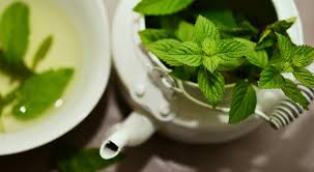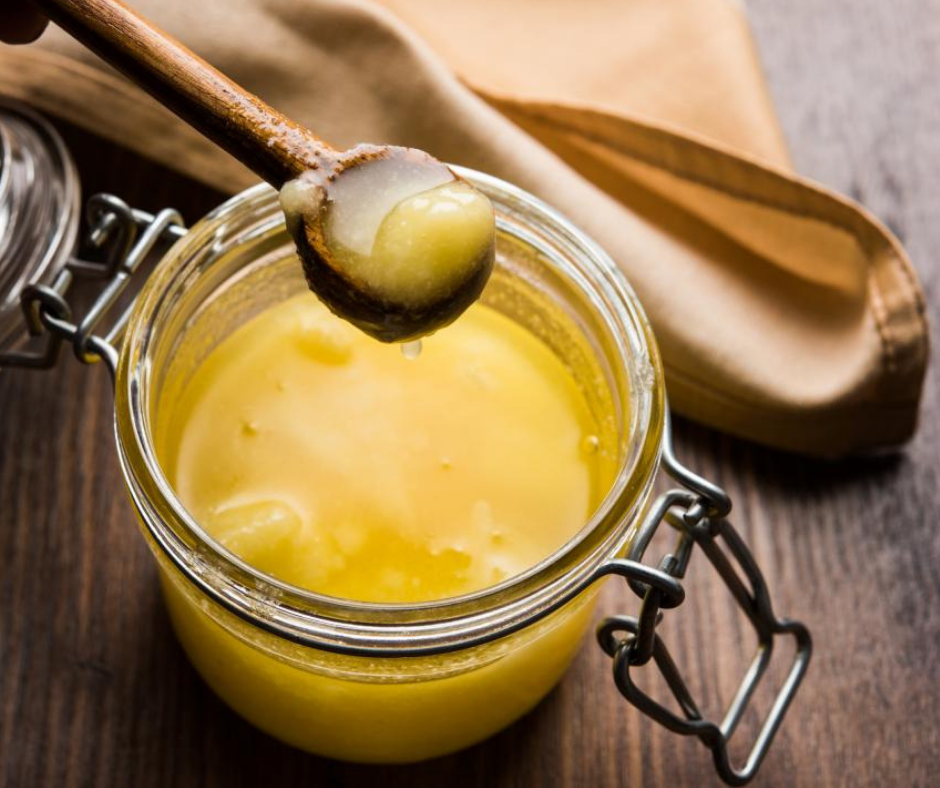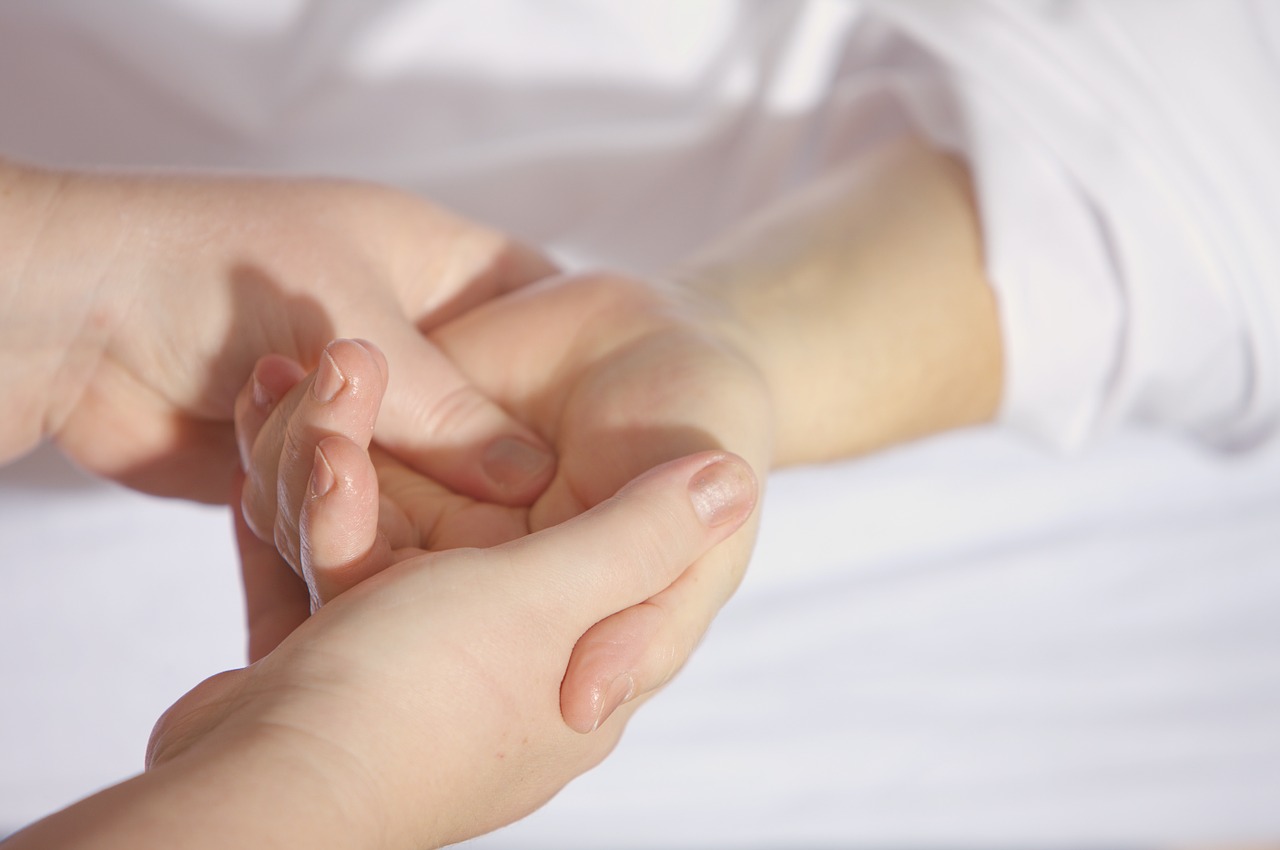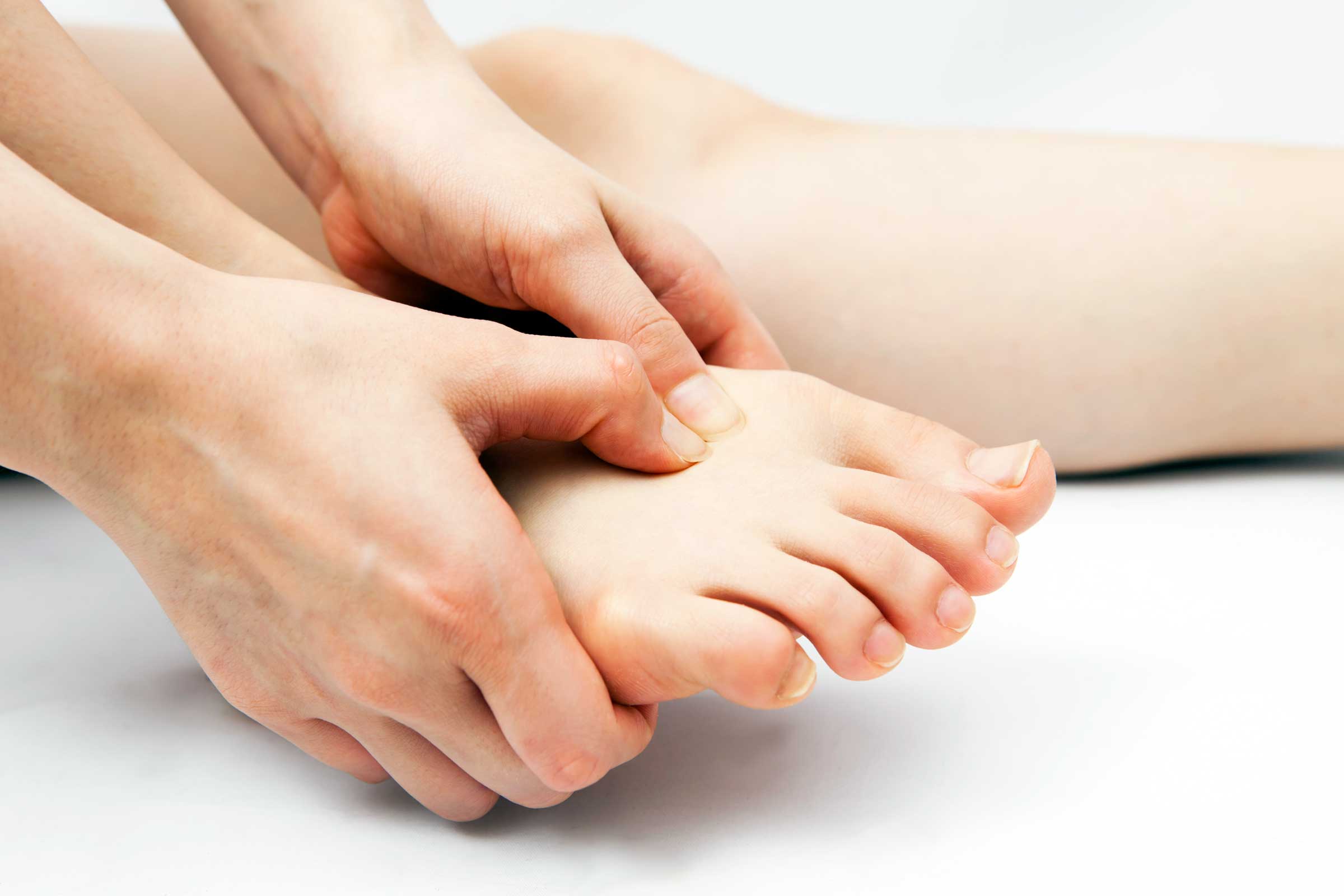.Shamana Chikitsa refers to all the Ayurveda procedures and protocols that reduce, suppress, and eliminate disease symptoms. This form of palliative care pacifies the body by balancing the three rogas – vata, pitta, and kapha. These treatments are much simpler and less severe than shodhana chikitsa. They are intended to make the patient recover and feel healthier by suppressing the disease symptoms. Hence, while the inherent disease might still be present the patient undergoing Shamana chikitsa can control the symptoms. Hence, this approach primarily has symptom care as its focus.
These treatments are popular options when strong and exhaustive procedures such as panchakarma cannot be used because the patient does not have the physical or mental strength to bear the intensity of such treatments. Hence, Ayurveda doctors often prescribe this form of treatment when patients do not have the health and stamina to withstand the severity of strong medications, forceful movements of abhyangam, or the physical and mental strain of vamana, virechana, nasya, and other such procedures. Hence, this mode of treatment primarily focuses on Ayurveda medications and recipes that deliver just the right combination of nutrients and medicinal effects that your body needs based on your medical condition.
Applications of Shamana Ckikitsa
Shamana Chikitsa often finds use when the body needs care and improvement but is too weak to handle strong treatments. The treatment also helps in alleviating symptoms after an intense session of Shodhana Chikitsa, where the effects of the Shamana Chikitsa will remove even any residual rogas that are present in the body. These medications help to correct imbalances of rogas, agni, and dhatu through simple oral and external applications, as well as in delicate detoxification. Hence this chikitsa is useful for simple or less severe diseases and disorders that do not have a severe and deep-rooted cause. It is also useful when the intention is to first improve the patient’s strength and then plan treatment.
Therapists use this chikitsa in children younger than about 10 years and in geriatric patients or during pregnancy, where severe procedure might cause harm and for acute health conditions that can easily be annihilated. In chronic conditions, it can only act as a support form of treatment.
How does Shamana Chikitsa act?
This chikitsa does not affect the root of the disease; hence it can never result in complete removal of the disease or cure. The approach, however, reverses the damage caused by the disease. It focuses on altering the body’s roga balance through the administration of the right combination of medications. The approach also involves effecting a change in diet and lifestyle. In common diseases such as fever, cold, diarrhea, and other mild conditions, the roga imbalance does not require any stringent approach. Hence here the Shamana Chikitsa acts as the primary mode of care. In case of chronic and deep-rooted conditions such as diabetes, Shamana Chikitsa only plays a supplementary role. In such cases, the approach helps in purification and improves the overall health of the body.
Three main elements contribute to Shamana Chikitsa – herbal medications (oral and external applications), exercises, and food. A popular example of Shamana Chikitsa is Dashamoolarishtam, which is an effective formulation containing 10 precious herbs. This arishtam is not just a nerve tonic but is also precious in case of anemia and other conditions. Shamana Chikitsa uses extensive, lehyams, kashayams, churnams, arishtams, tailams, lepams, bhasmams, and other formulations.
The decision whether you require a Shamana or Shodhana chikitsa belongs to your Ayurveda doctor. The severity of your condition, your mental and physical strength, your age, and many other factors contribute to this decision. Hence always consult an expert Ayurveda doctor first before proceeding to treatment options.
Contact me for any questions you have about Shamana Chikitsa. You can connect with me at http://www.miayurveda.org/ or call me at +91-9444615161.







